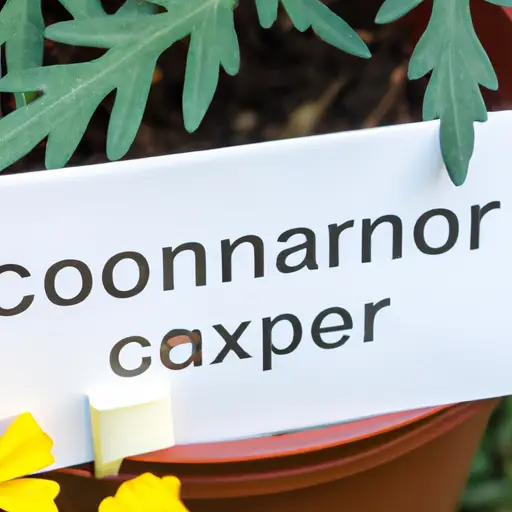Container gardening is a fantastic way to bring the beauty and benefits of plants into your life, regardless of whether you have a spacious backyard or live in an apartment with limited space. However, like any form of gardening, container gardening comes with its own set of challenges. Thankfully, there are several strategies that can help you overcome these common obstacles and create a thriving container garden.
1. Choosing the Right Containers:
One of the first challenges in container gardening is selecting the appropriate containers for your plants. It’s essential to choose containers that have adequate drainage holes to prevent waterlogging and root rot. Additionally, consider the size and material of the container. Plants with deep roots may require larger pots, while fragile plants might benefit from lighter materials like plastic.
2. Proper Soil Selection:
Another significant challenge in container gardening is finding the right soil mix for your plants. Regular garden soil is generally too heavy for containers as it tends to become compacted and hinder proper drainage. Instead, opt for a lightweight potting mix that retains moisture while still allowing excess water to drain freely. You can also enrich the mix with organic matter or compost to provide essential nutrients.
3. Watering Routine:
Watering correctly is crucial in container gardening, as pots tend to dry out faster than traditional garden beds. Finding the right balance can be tricky; overwatering can lead to root rot, while under-watering can cause plants to wither and die. The key is to consistently monitor soil moisture levels by sticking your finger an inch into the soil; if it feels dry, it’s time to water.
4. Adequate Sunlight:
Many gardeners struggle with providing sufficient sunlight when practicing container gardening indoors or in shaded areas. While different plants have varying light requirements, most vegetables and flowers need at least six hours of direct sunlight daily for optimal growth and bloom production. If you lack sunlight indoors, consider using full-spectrum grow lights that mimic natural sunlight.
5. Fertilizer Requirements:
Container plants tend to deplete nutrients more quickly than those in the ground. To overcome this challenge, incorporate a slow-release or liquid fertilizer into your gardening routine. Follow the instructions carefully, as over-fertilizing can harm the plants. Additionally, consider using organic fertilizers or compost tea for a more natural approach.
6. Pest and Disease Control:
Container gardens are not immune to pests and diseases; they can still fall victim to common garden insects like aphids, spider mites, or fungal infections. Regularly inspect your plants for any signs of damage or infestations and take immediate action. Organic pest control methods such as neem oil sprays or introducing beneficial insects can help keep unwanted guests at bay.
7. Seasonal Changes:
Lastly, container gardeners may face challenges when dealing with seasonal changes. Extreme temperatures can stress plants, especially during winter or scorching summer heatwaves. Consider moving containers indoors or providing shade during intense weather conditions to protect your plants from harm.
Remember, container gardening is an ongoing learning process that requires patience and practice. By addressing these common challenges head-on and applying the appropriate solutions, you can create a thriving container garden that brings beauty and joy to your living space all year round.














